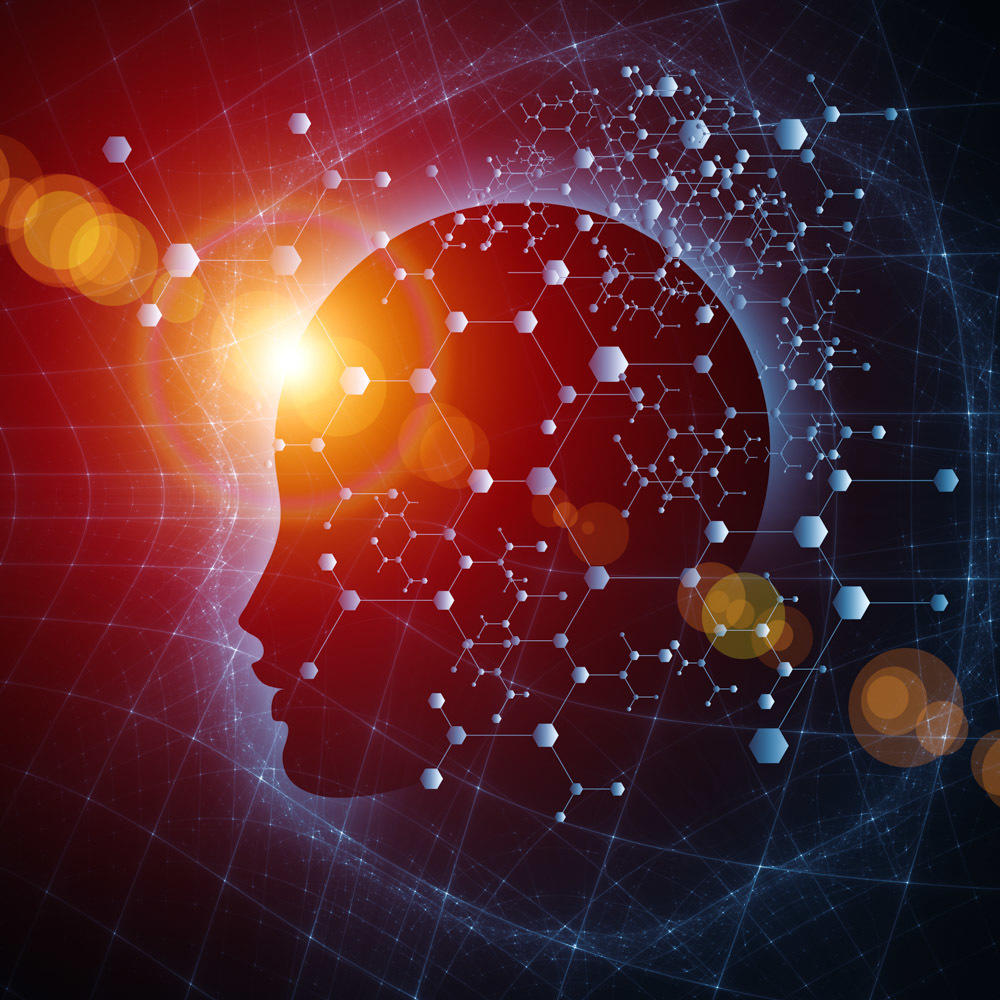How do you know you are human?
Future technology promises to free us radically from original human experiences such as illness, old age and death. By uploading the content of the human mind onto a machine human beings will become immortal, in other words life will no longer depend on the body’s decline or death.
Around 2500 years ago, illness, ageing and death were key enlightening experiences on the path of the 29 year old Prince Siddhartha Gautama, the later Buddha. He left behind a safe and protected life at the royal palace in order to learn about the world, seeking to avoid illness, old age and death.
First he learned about asceticism, became pupil to various teachers without finding an answer to his questions until, at last, he achieved enlightenment under the Bodhi Tree, during a meditation that lasted 49 days, during which he withstood many temptations and overcame many demons. Sickness, old age and death and the suffering they caused were for him an expression of our imprisonment in the earthly world and in our physicality. To conquer this suffering meant to overcome the «thirst for existence and reincarnation», which implicates, as a distant developmental goal, freeing oneself from the endless cycle of birth, death and rebirth.
Buddha’s motives distorted
If we look at the intentions of transhumanists against this background, they seem like a distortion of Buddha’s inner motives. What, according to Buddha, should be achieved through spiritual activity and inner development is replaced by a machine in transhumanist thinking. The striving for freedom from the wheel of birth and rebirth becomes an ‹eternal› life of earthly mental contents, here on earth. Here we see two polar opposite gestures: freeing oneself from the earth and remaining attached to it.
Buddha’s teachings had other important and forward-looking qualities that are absent from transhumanism with its focus on the individual self, because he taught compassion and love. Through him these qualities came into the world and through the Christ they became living deeds. The key here is the You we turn towards and in which the ‹I› awakens to itself.
With both ways of thinking and living, the question as to why we come to live in a physical body on earth remains open. Christ’s sacrifice of incarnating in a human body has given an entirely new quality to physical incarnation: now the body can be an instrument that allows the human ‹I› to make its home in the world through the senses. But in inhabiting our earthly body, we don’t only have the task to develop this body but also that of spiritualizing the world as we learn to know it through observation. We can then become the place where the world knows itself.
The question Sophia the robot asks, «How do you know you are human?» must therefore be taken seriously and can be understood through the renewal of the Apollonian words in Rudolf Steiner’s Foundation Stone Meditation: «Human Soul, know yourself in the living weaving of spirit, soul and body (GA 260)
Conference ‹Das Ende des Menschen? II. Wege durch und aus dem Transhumanismus. (The end of the human being? II Ways through and out of Transhumanism), in German only, 18 to 20 October 2019, Goetheanum
Web www.goetheanum.org/tagungen/das-ende-des-menschen-ii

